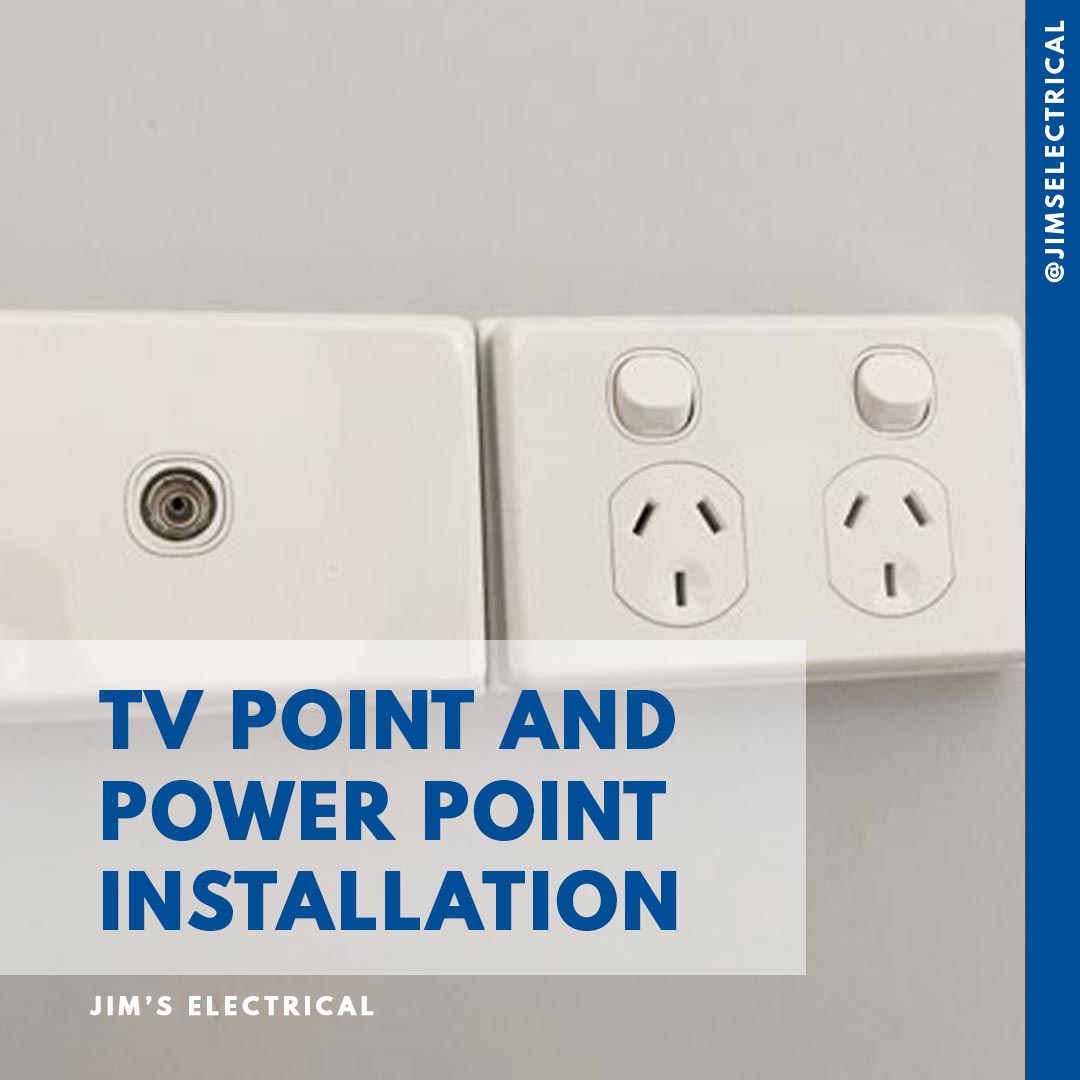
#CABLE TV INSTALLERS NEAR ME TV#
For example, you may see two or three sports channels listed in a lineup and think that this is the right bundle, but then you miss the sports-specific channel bundle farther down the list, the one that has ten or more sports channels! It’s the same with international channels: you may see a couple of Spanish-language channels in the standard lineup, but the cable TV service may offer an international package with channels from all over Latin America, Korea, India, and more. There are a few catches, however, which we’ll cover below.īestReviews Common mistakes to avoid Mistake #1: You don’t review all the bundles before buyingĭoing just a quick scan of available channels in a package can lead to annoying and costly mistakes. You may even be able to subscribe to a wireless plan through a cable TV service and pay for it all on the same bill, a feature sometimes called quad play.Īll these options are great, and the bundle is the best way to experience them. Some cable services throw in other bundle options, such as home security monitoring, or value-added specials, such as on-screen caller ID, for little to no extra cost. You can also select different internet speeds, adding to or subtracting from the cost of a bundle. Maybe you want to save money and only need to watch local news and prime-time shows. Or perhaps you want to watch Spanish-language television, or a family member wants to see news from India. This is typically called a triple play bundle, and for first-time customers it can be a great deal, giving them fast internet speeds of 25 to 50 megabits per second (Mbps) and a home phone line.īundles typically have different channel options - you may want all of the sports channels available in your region, for example. The introductory price of a bundle is often the same or lower than the price of cable TV service alone. The most common of these offerings is the bundle: a selection of cable channels that are geared toward viewers’ specific interests, combined with internet service and landline phone service. To stay competitive, cable TV providers try to add offerings that stand out from rivals. Getting a list of providers will give you a good idea of the options available in your area. Use your smartphone to look up providers or contact the local library or city hall. If you don’t yet have internet service hooked up, however, you’ll need to find available providers in a couple of other ways. Find out what cable TV services are in your areaĪn online search is the fastest way to find out which cable TV providers are operating in your area. This can limit the amount a subscriber will save on cable service because prices for that service are pretty much set. Small towns and rural areas, on the other hand, may have only one cable TV service operating in their region. That’s a good thing when it comes to price because the services are competing with each other for subscribers. In large metropolitan areas, more than one cable TV service may be available to residents and businesses. Check ratings from independent services to see which cable service does a better job at helping their customers. We recommend purchasing cables in-store prior to your appointment as only a limited range of additional cables may be available for purchase from your technician on the day.Customer satisfaction ratings do matter when it comes to cable TV services.

JB tip: Many TVs don’t come with antenna cables and a minimum length of 3m is recommended for cable hiding. Cable hiding behind brick walls if determined to be unfeasible on the day. Additional work required for complex cable hiding scenarios. What’s not included: Supply of cables, moving of power or antenna point. Surface conduit will be provided if there is no cavity, which can be painted over for a more seamless finish. Brick walls are not usually suitable for the behind the wall method, however our installers will assess this on the day.


Just a heads up that horizontal noggins in your plaster wall may prevent the behind wall method. For brick or plaster walls with no suitable cavity. On wall method: Hiding the cables in conduit on top of the wall with surface conduit supplied.Behind wall method: Hiding the cables behind the wall with brush plates or wall plugs for the entry and exit points supplied.Cable hiding includes hiding of power, antenna and HDMI cables entering the wall behind the TV, running straight down, then exiting the wall to access nearby points and connected components.


 0 kommentar(er)
0 kommentar(er)
